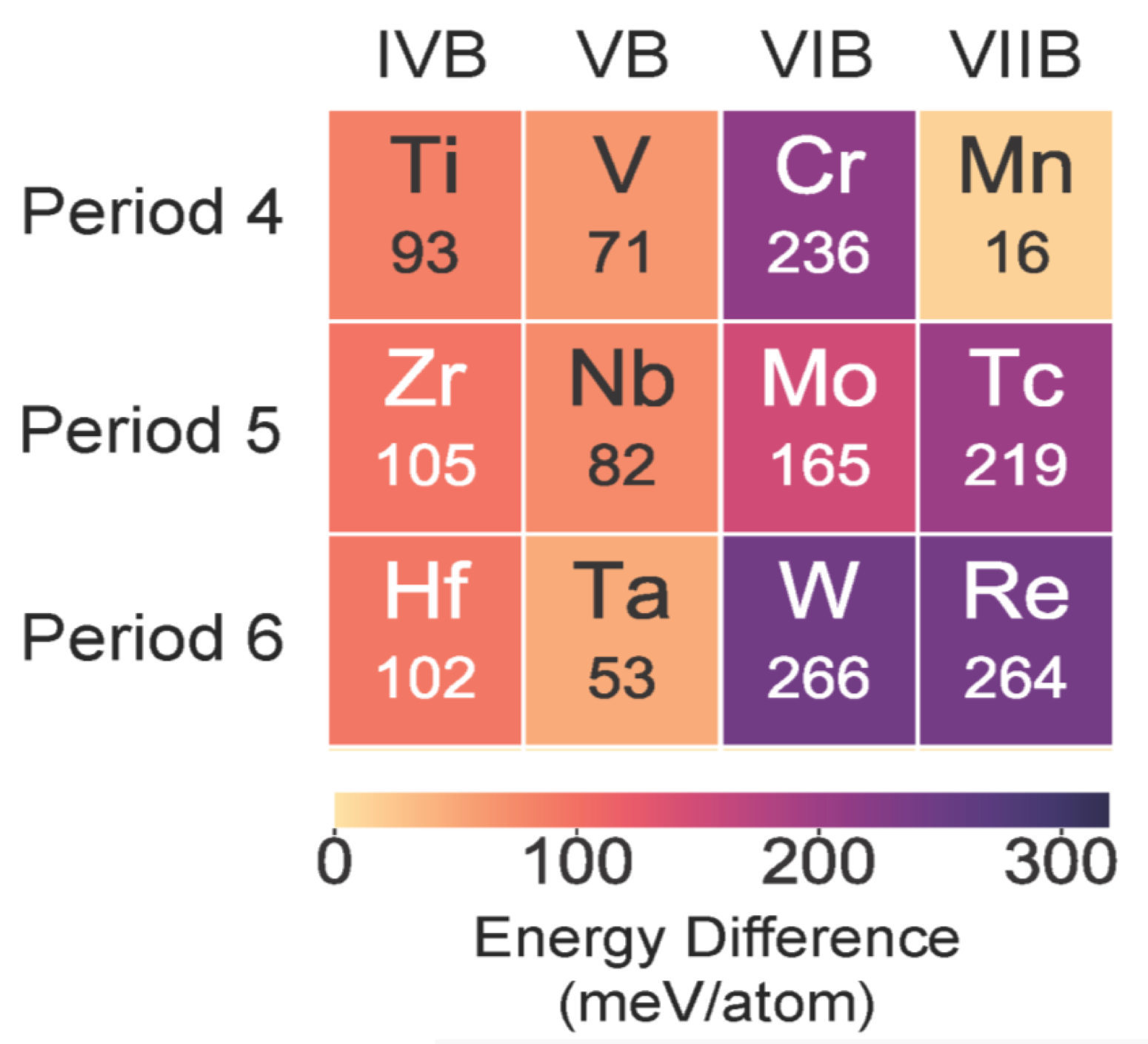Our collaborative work with the group of Prof Claire Xiong on “Electrochemically induced amorphous-to-rock-salt phase transformation in niobium oxide electrode for Li-ion batteries” has been published in Nature Materials! In this work, we report a nanostructured rock-salt Nb2O5 electrode formed through an amorphous-to-crystalline transformation during repeated electrochemical cycling with Li+. This electrode can reversibly cycle three lithiums per Nb2O5, corresponding to a capacity of 269 mAh/g at 20 mA/g, and retains a capacity of 191 mAh/g at a high rate of 1 A/g. The main contribution from Yunxing Zuo of the Materials Virtual Lab is using DFT computations to show that the cubic rock-salt framework promotes the percolation of low-energy migration paths. We also develop a computable metric to identify other transition metal oxides with a likelihood of rock-salt formation. Our work suggests that inducing crystallization of amorphous nanomaterials through electrochemical cycling is a promising avenue for creating unconventional high-performance metal oxide electrode materials.
Check out the publication here.

